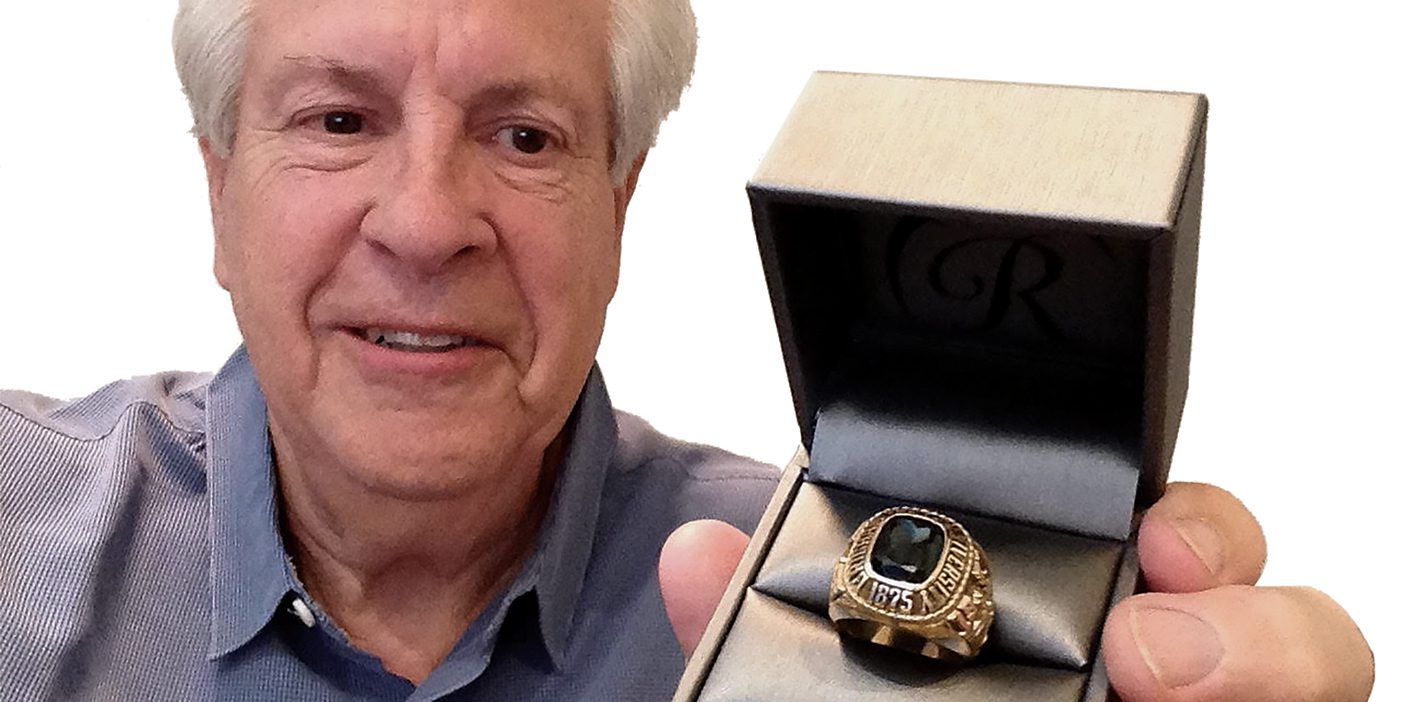Beginning with their own example, parents can teach their children to be loving and inclusive.

With the surge in awareness of racism since George Floyd’s death in May 2020, many parents are looking for ways to teach their children to be accepting of those who are different from them. What most parents can do first, says Ramona Maile Cutri, a multicultural teacher education professor, is detect and address prejudices they may have toward any marginalized group, including people of other races and ethnicities, people of differing sexual orientations, people with disabilities, and those of different shapes and sizes.
“If you haven’t done that work, your kids will see right through you,” says Cutri, who is raising two biological mixed-race and two adopted Black children with her husband, Christopher Cutri (BA ’95), a BYU associate professor of communications.
Cutri says that, for many, a first task is to become aware of the meritocracy myth, which says people deserve what they have or don’t have. She says BYU alumni might recall their efforts to get into BYU and consider how they were helped or hindered by life circumstances. “Of course you worked hard to get into BYU, but what about the income level of your parents and the educational opportunities that income gave you?”
Cutri asks students to consider how they might look down on classmates who appear to be struggling, not realizing what’s going on in their lives in addition to the pressures of being a student. “Can we see the non-native English speakers who are gifted but can’t express all they know? Students who spend many hours a week managing their disability? Students who are taking care of their siblings or working full-time to contribute income to their families?”
When parents and children deepen their understanding of what marginalized groups face, their hearts expand and they judge less, says Cutri. “That frees us to get busy using privilege to make the world a better place for all people, not just those who are similar to us.”
Cutri suggests four ways parents can engage their children in this sometimes-uncomfortable work of becoming accepting of all:
1
Not seeing differences—such as skin color or income level or disability—should not be the goal, says Cutri, Instead, parents can have regular conversations about the differences children will naturally see in people around them. And they can point out that, in an inequitable society, not everything is fair. “If I’m watching TV with my kids and a commercial comes on about something they would like that costs $39,” says Cutri, “I talk to them about how we could probably afford that but not everyone can.”
2
Instill in children the ethic that they have a moral, spiritual, and civic responsibility to stand up for the marginalized. “But don’t just tell them—teach them how by practicing in the safety of your home,” says Cutri. “Parents can role-play what-would-you-do scenarios. One parent can start to tell a racist joke, and the kids can take turns interrupting and calling out the racism.”
3
When it comes to speaking up for another, parents can teach kids the difference between “calling in” and “calling out.” “We call in a person by having a private conversation about something insensitive the person said or did, hoping for greater understanding,” she says. “Calling in acknowledges we all make mistakes and can do better. We call out when words or actions need to be stopped in the moment to protect someone from being hurt.”
4
Parents can cite gospel principles as they teach. The Book “all are alike unto God” (2 Ne. 26:33). The baptismal covenant includes a promise to mourn with those who mourn—not mourn with those who suffer in the same way you do, but anyone who mourns (Mosiah 18:9). “During family home evening, talk about how President Nelson says not to be racist,” Cutri recommends. “What does that mean in our personal behavior and what does that mean in how the world works? How did the Savior show us to love and care for those who aren’t like us? What are we going to do differently to follow Him better?”












